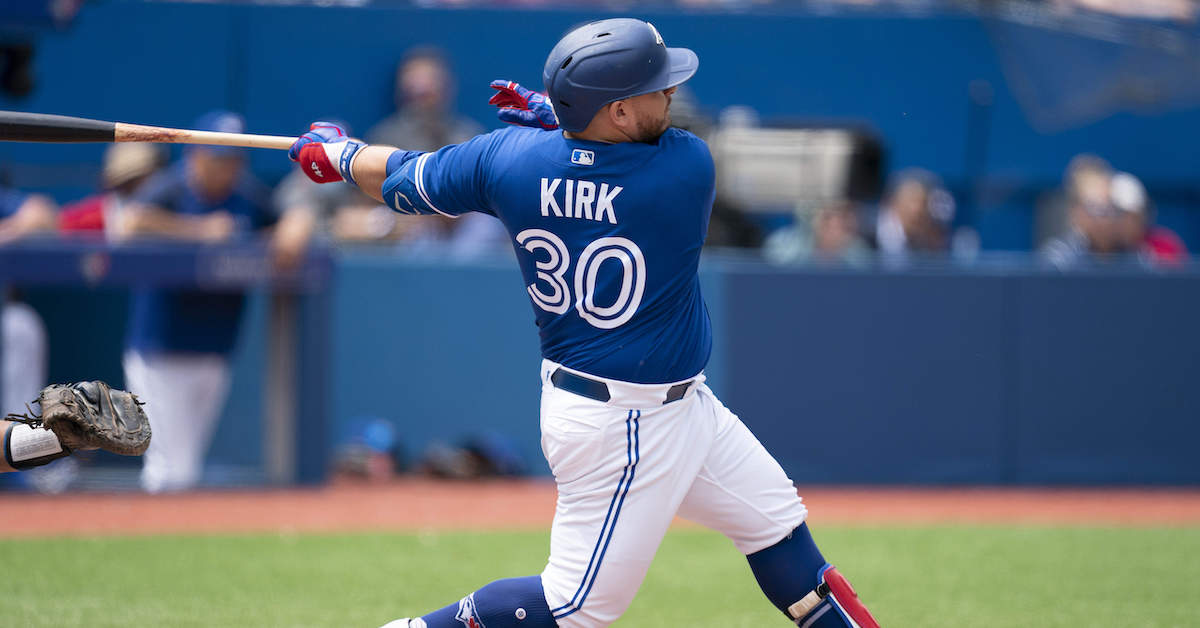Eric Hosmer, No Longer Needed in San Diego, Will Fill a Hole in Boston

True to his word, Chaim Bloom bought as well as sold at this year’s deadline. Filling one of his team’s biggest needs on the heels of Eric Hosmer’s no-trade-clause refusal to go to the nation’s capital as part of the Juan Soto mega–deal, Bloom acquired the veteran first baseman, along with a pair of speedy outfield prospects, from the San Diego Padres in exchange for 2016 first-rounder Jay Groome. Still holding out hope for October baseball — Boston’s postseason odds currently sit at 33.4% — it was a move that improves their chances.
Hosmer isn’t the type of player who will lift a team on his shoulders and carry them to the promised land. A career .277/.336/.429 (107 wRC+) hitter whose present-season slash line dwells in that same neighborhood, he’s by no means a savior. After a blazing start to the season that saw him hit .382/.447/.579 through May 1, he’s cooled considerably, hitting just .235/.295/.309 since. Still, he’s a capable fielder and if he can recapture something of his early-season form, he represents an upgrade at his position. Red Sox first basemen have combined to slash a putrid .203/.278/.349 this year, and they’ve been even worse on the defensive side of the ball. At -10, they have the worst DRS in either league, and OAA doesn’t like them much better (-9).
Hosmer isn’t exactly Keith Hernandez with the glove, nor is he the same adroit defender who won four Gold Gloves in his glory days with the Kansas City Royals. But again, he represents an upgrade. While Bobby Dalbec, a converted third baseman, has at least been credible at the opposite corner of the infield, converted outfielder Franchy Cordero has been nothing short of cringeworthy. Acquired from Kansas City as part of last year’s Andrew Benintendi trade, Cordero has committed eight errors in just 316 first-base innings this year. Conversely, Hosmer has been charged with 14 errors over his last 2,122 innings. As much as they’ve needed a better bat, Boston needed someone capable of catching the baseball. Read the rest of this entry »






